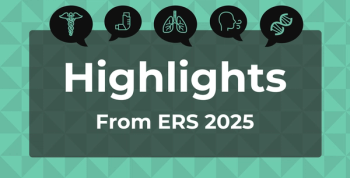
High-Deductible Plans Discouraged Visits by Low-Income Diabetes Patients
A study in Diabetes Care examined the effects of high-deductible health plans on healthcare utilization for diabetes patients with varying incomes.
A
Privately insured enrollees with diabetes were surveyed and classified based on their income (lower or higher) and annual deductible amount (no deductible, low deductible, or high deductible). The participants in HDHPs were also asked about their medical debt and their likelihood of obtaining medical care.
Among lower-income respondents, enrollees in a HDHP reported significantly fewer checkups and specialist visits than those with no deductible. More than half (53%) of the lower-income HDHP enrollees with medical debt reported they had delayed or avoided needed care, compared with just 28.3% of the higher-income respondents.
After adjustment for covariates, the lower-income diabetics with any deductible had significantly fewer checkups, primary care visits, and specialists than those with no deductible. Respondents in both income categories who were in a HDHP reported lower visits in these 3 categories, compared with those without a deductible.
Despite the lowered utilization rates, there were no significant differences in diabetes control measures or reported health status between respondents of different income levels or deductible amounts. The authors suggested that the study’s time frame may have been too short to capture these changes, and indicated that a follow-up study should conduct a longer analysis.
The authors noted that previous research has demonstrated that many low-income families enroll in HDHPs due to their less costly premiums, but lower- and middle-income patients with chronic illnesses are most likely to reduce care when enrolled in HDHPs. Low-income diabetics are already more likely to experience diabetes complications, regardless of insurance type. When these factors are combined, they wrote, “HDHPs for low-income patients with diabetes is problematic mandated insurance.”
Furthermore, medical debt is more common among lower-income patients with diabetes, and the study showed that respondents with medical debt were 2.5 times more likely than those without debt to avoid or delay getting necessary care. Considering the importance of regular preventive checkups and primary care visits in managing chronic diseases like diabetes, these patterns of reduced service use are troubling.
With this knowledge, the researchers wrote that clinicians have a duty to make the most of their visits with lower-income patients and to consider prescribing more affordable medications. More long-term solutions would come through value-based insurance reform or income-based cost-sharing that reduces the burden on lower-income patients with chronic illnesses.
Newsletter
Stay ahead of policy, cost, and value—subscribe to AJMC for expert insights at the intersection of clinical care and health economics.













































